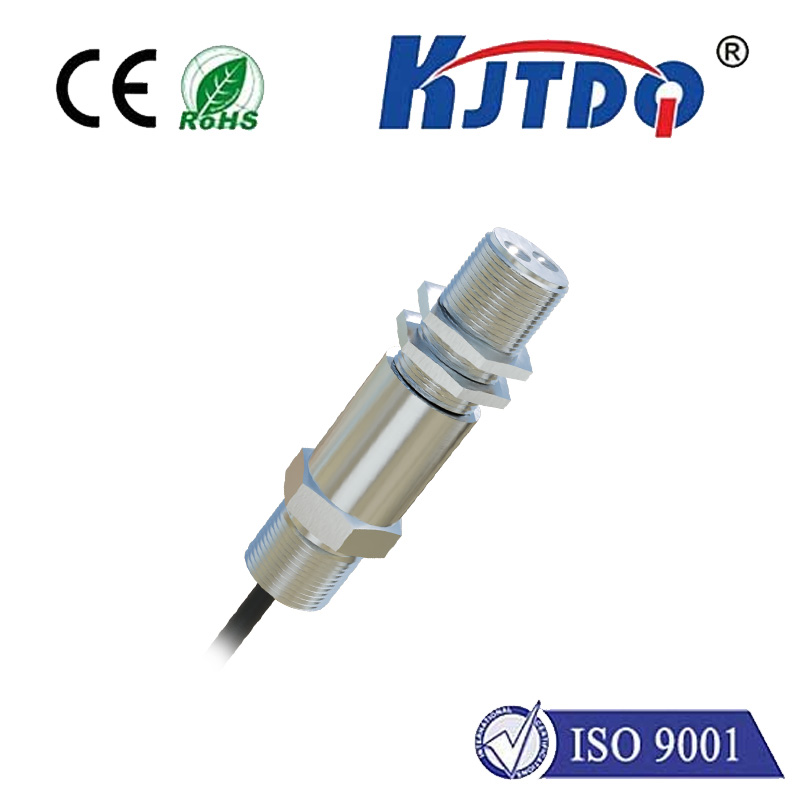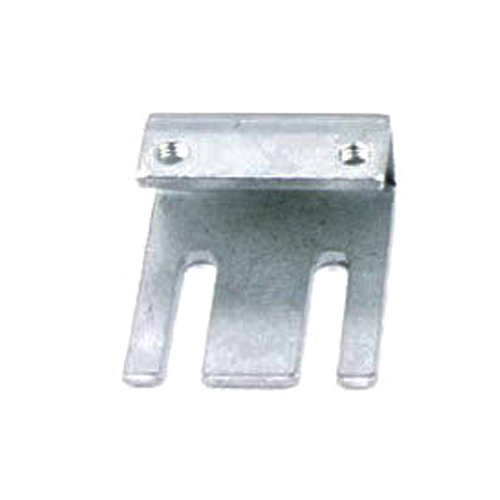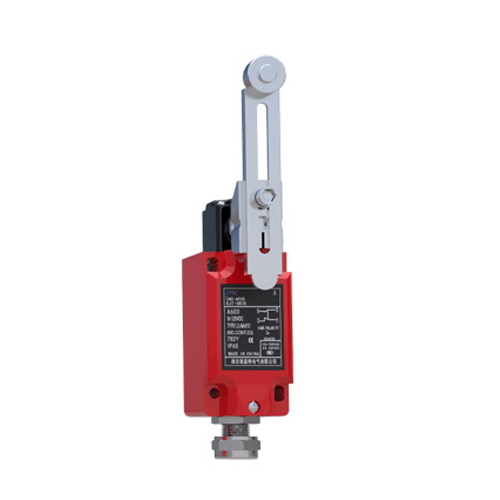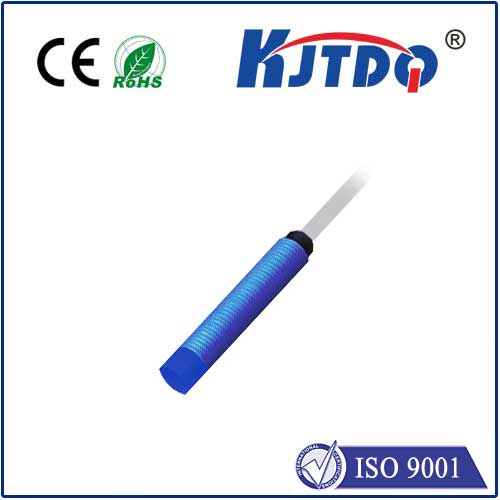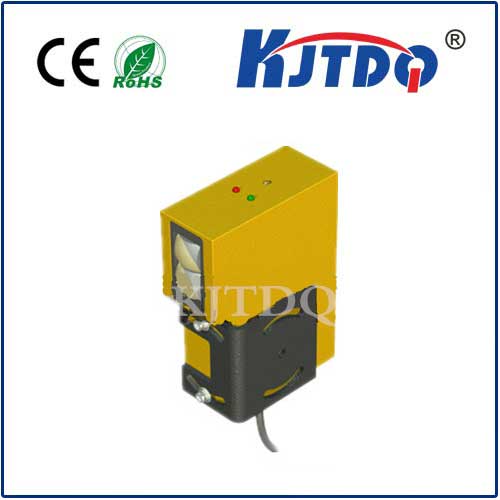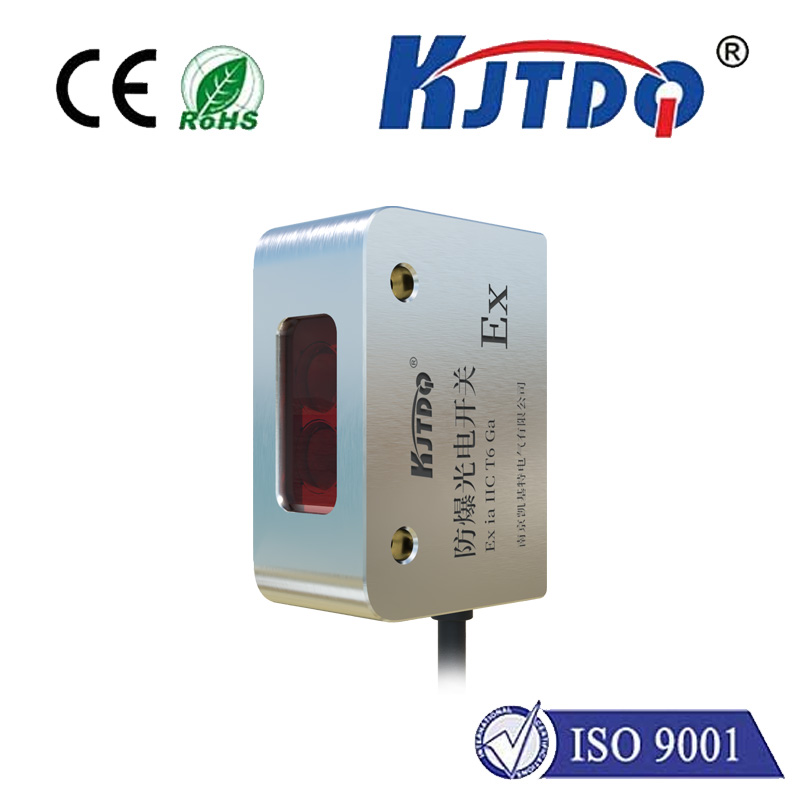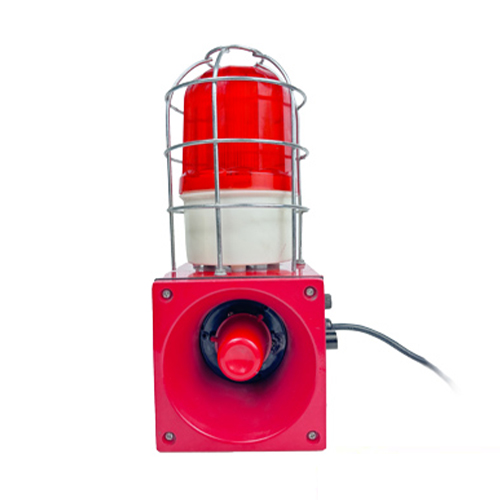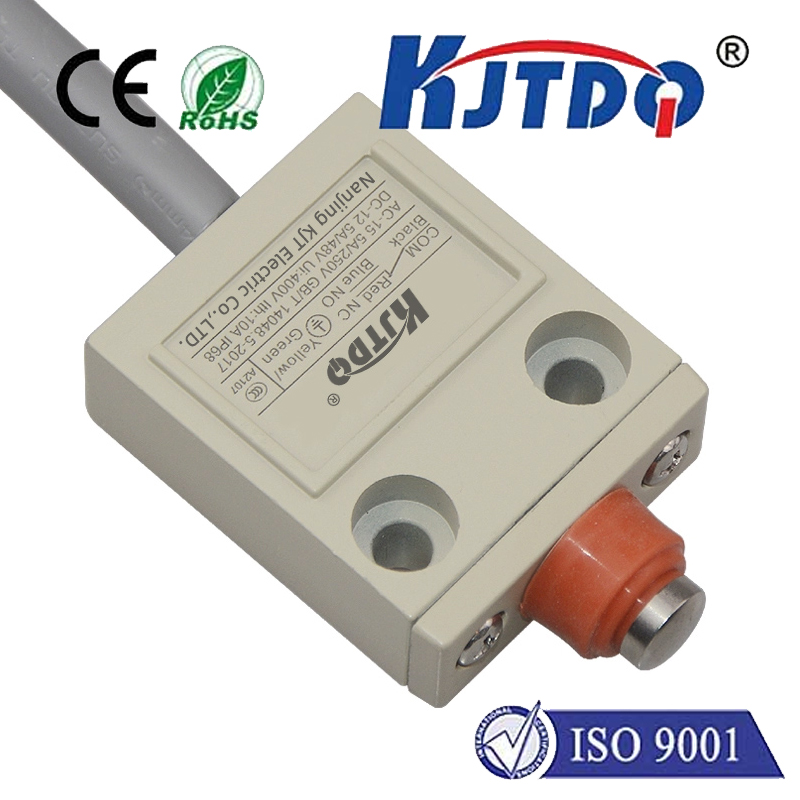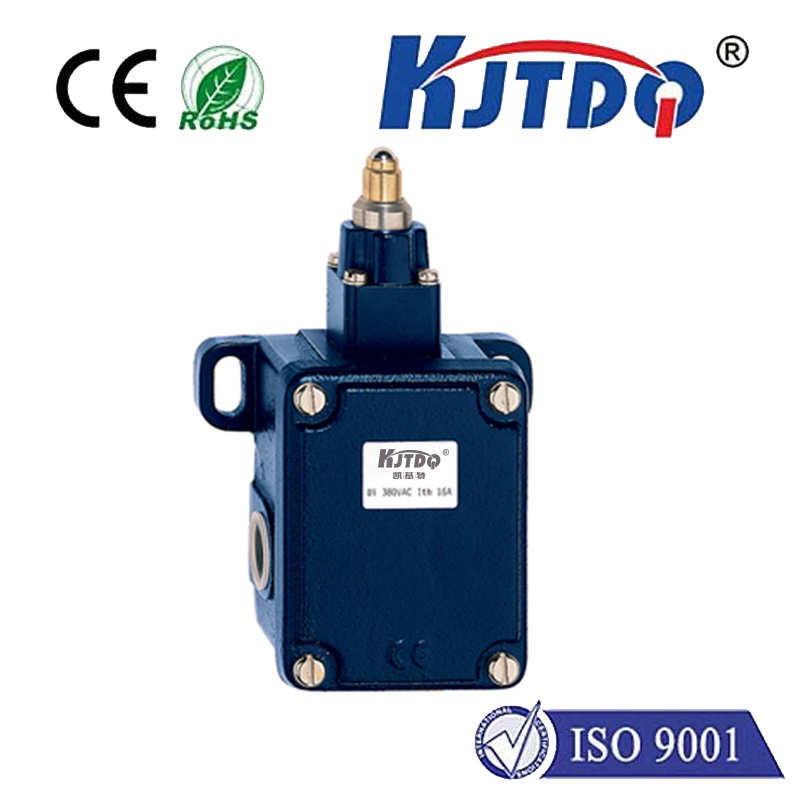BES05EY high pressure proximity sensor
- time:2025-09-30 14:44:16
- Click:0
BES05EY Proximity Sensor: The High-Pressure Guardian for Demanding Industrial Automation
Imagine a hydraulic press operating flawlessly under intense pressure, a drilling rig boring deep into the earth’s crust, or a metal forging process shaping incredibly resilient materials. At the heart of such demanding operations, where failure is not an option and precision is paramount, lies a critical component: the BES05EY High Pressure Proximity Sensor. This sensor isn’t just another switch; it’s a specialized sentinel designed to thrive where standard sensors falter.
The BES05EY represents a crucial category of inductive proximity sensors engineered explicitly to withstand environments characterized by extremely high pressure. While standard inductive sensors excel in countless applications, pushing them beyond their pressure limits can lead to catastrophic failure, leakage, or inaccurate detection – consequences too severe for critical machinery and safety systems. This is where the BES05EY steps in, offering robust and reliable detection capabilities in the face of immense force.
Understanding the High-Pressure Challenge
Standard proximity sensors are typically designed for operation at ambient or slightly elevated pressures. Their housings, seals, and internal components simply aren’t built to resist the crushing force exerted by fluids or gases under hundreds or even thousands of bars. Subjecting them to such conditions can cause:
- Housing Collapse or Deformation: The sensor body physically fails, breaching containment.
- Seal Failure: Leading to ingress of fluids or contamination, damaging electronics and compromising function.
- Internal Component Damage: Delicate electronics and the sensing coil itself can be crushed or displaced.
- False Triggering or Non-Detection: Pressure can alter the sensor’s electromagnetic field characteristics, leading to unreliable performance.
- Safety Hazards: Failure in hydraulic systems or pressurized equipment can have severe safety implications.
The BES05EY: Engineered for Resilience

The BES05EY High Pressure Proximity Sensor addresses these challenges head-on with its specialized design:
- Robust Stainless Steel Housing: The defining feature is its incredibly durable housing, typically crafted from high-grade stainless steel (like AISI 303 or 304). This provides the structural integrity needed to resist deformation and collapse under immense external pressure.
- Enhanced Sealing: Crucial to its function, the BES05EY employs advanced sealing technologies and materials capable of maintaining integrity at its rated pressure thresholds. This prevents fluid ingress, ensuring long-term reliability even submerged or exposed to pressurized oils and coolants.
- Pressure-Tolerant Internal Design: Beyond the housing, the internal construction, including the sensing coil and electronics, is specifically engineered and potted to withstand the compressive stresses induced by high-pressure environments.
- Inductive Sensing Principle: Like standard inductive sensors, the BES05EY detects the presence of metallic targets (typically ferrous metals like steel or iron) without physical contact. It generates an electromagnetic field; when a target enters this field, it induces eddy currents within the target, altering the field and triggering the sensor’s switch. This non-contact method is ideal for high-pressure applications where physical switches would wear rapidly or cause contamination.
- High Switching Frequency: Despite its ruggedness, the BES05EY typically maintains a high switching frequency, allowing it to accurately detect rapidly moving parts within challenging environments – essential for modern, high-speed industrial processes.
Key Features and Specifications (Representative)
While exact specs may vary slightly by manufacturer, the BES05EY type sensor generally boasts:
- Extreme Pressure Rating: The hallmark capability, often rated for 500 bar (7250 psi) or higher, sometimes significantly exceeding that.
- Operating Voltage: Commonly available in standard industrial DC or AC voltage ranges (e.g., 10-30V DC).
- Output Type: Typically features a robust PNP Normally Open (NO) transistor output, or sometimes NPN configurations.
- Switching Distance: A standard sensing range, often around 1.5mm or 2mm for the M5 threaded barrel size typical of the designation.
- Housing Material: High-quality, corrosion-resistant stainless steel (AISI 303⁄304).
- IP Rating: High degree of ingress protection, frequently IP67 or IP69K, ensuring resistance to dust, water jets, and high-pressure washdowns.
- Temperature Range: Designed to operate reliably across a wide industrial temperature range (e.g., -25°C to +70°C).
- Connection: M12 connector or cable exit options.
Where the BES05EY Proves Indispensable: Vital Applications
The BES05EY High Pressure Proximity Sensor finds its critical role in industries and applications where pressure is not just a factor, but a defining operational condition:
- Hydraulic Systems: Monitoring piston position within cylinders, detecting valve spool positions, confirming tool clamping/unclamping in presses, and verifying end-of-stroke – all within high-pressure hydraulic circuits. Failure here leads directly to machine downtime or dangerous malfunctions.
- Oil & Gas Exploration/Production: Downhole tools, wellhead equipment, pipeline monitoring systems, and hydraulic controls on drilling rigs operate under extreme pressures. The BES05EY provides reliable position feedback in these harsh, inaccessible environments.
- Metal Forming & Forging: Massive presses generate enormous forces. BES05EY sensors monitor die positions, workpiece presence, and safety interlocks reliably right at the point of force application.
- High-Pressure Cleaning & Waterjet Cutting: Systems generating water pressures of thousands of psi require sensors that won’t collapse or leak when exposed to these jets or submerged in the pressurized environment. IP69K ratings are particularly valuable here.
- Test Benches: Where components like valves, hoses, and pumps are subjected to proof pressure or burst tests, BES05EY sensors provide critical feedback on fixture positions or component movement during the test cycle.
- Chemical & Petrochemical Processing: Monitoring valves, actuators, and safety mechanisms within pressurized vessels and pipelines handling aggressive fluids, benefiting from the sensor’s corrosion resistance and pressure tolerance.
- Automotive Manufacturing: Used in high-pressure die-casting machines and specialized hydraulic assembly jigs.
Advantages Beyond Pressure Tolerance
Choosing the BES05EY High Pressure Proximity Sensor offers more than just survival under force:
- Enhanced Reliability & Uptime: Prevents catastrophic failures common with standard sensors in high-pressure zones, reducing unplanned downtime.
- Improved Safety: Ensures critical position feedback remains accurate even under pressure, contributing to safe machine operation and preventing hazardous situations.
- Reduced Maintenance Costs: Longer lifespan and resistance to pressure-induced failures lower total cost of ownership.
- Design Flexibility: Allows engineers to place position sensing directly within high-pressure chambers or lines, eliminating complex mechanical linkages or external sensing workarounds.
- Consistent Performance: Delivers accurate and repeatable detection regardless of the ambient pressure fluctuations within its rated range.
Implementing BES05EY Sensors Effectively
To maximize the performance and lifespan of your BES05EY sensors:
- Respect Pressure Ratings: Do not exceed the rated maximum pressure. Remember static vs. dynamic pressure differences.
- Secure Mounting: Ensure solid mounting in compatible high-pressure fittings. Vibration can be significant in these environments.
- Protect Wiring: Use appropriate conduit or protected cable runs, avoiding sharp bends or pinching near the sensor head.
- Mind the Target: Ensure targets are within the specified material type (usually ferrous steel), size, and approach distance.
- Consider Ambient Conditions: Factor in temperature extremes, potential chemical exposure, and mechanical vibration when selecting the exact sensor variant.
The BES05EY High Pressure Proximity Sensor transcends the limitations of standard inductive sensors, becoming an essential component for automation engineers facing the extraordinary challenge of reliable position sensing under crushing pressure. Its robust stainless steel construction, high-pressure sealing, and reliable inductive performance make it the go-to solution for safeguarding machinery, ensuring process integrity,






